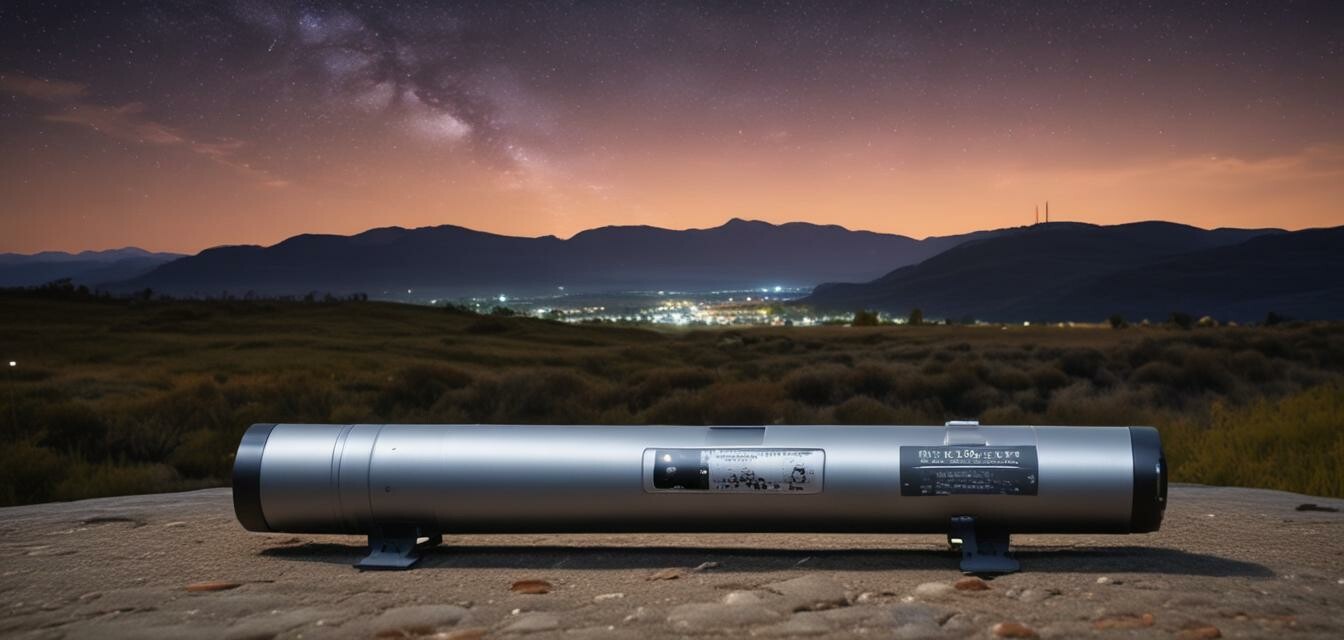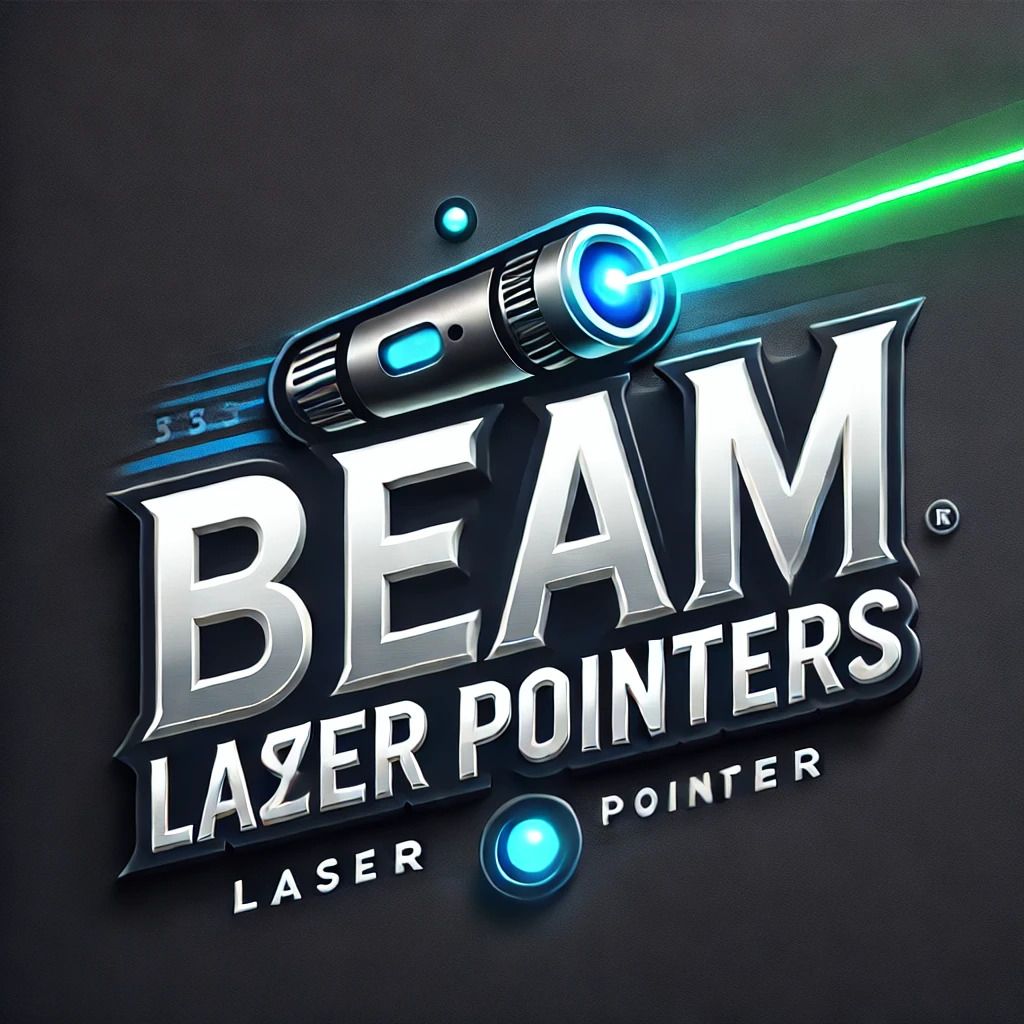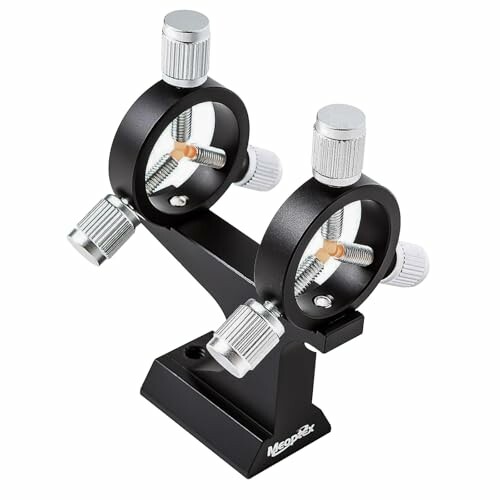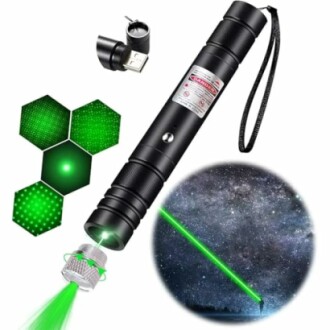
Teaching Astronomy: The Role of Laser Pointers
Key Takeaways
- Laser pointers are effective tools for astronomy education.
- They enhance celestial navigation and visualization.
- Rechargeable laser pointers offer eco-friendly options.
- Safety is crucial when using laser pointers during astronomy sessions.
- Features like adjustable focus and durable materials improve usability.
Astronomy is a fascinating field that allows us to explore the vast universe beyond our planet. By utilizing laser pointers in teaching astronomy, educators can enhance students' understanding of celestial navigation and make learning more interactive. With their precision and versatility, laser pointers serve as valuable tools in a variety of settings—from classrooms to outdoor observation sessions. This article will explore how laser pointers enhance astronomy education, showcase specific products, and offer tips for safe usage.
The Benefits of Using Laser Pointers in Astronomy Education
Laser pointers create a visual connection between students and the cosmos. There are several benefits of incorporating these devices into astronomy lessons:
- Enhanced Visibility: The bright beam of a laser pointer helps students locate stars, planets, and constellations in the night sky with ease.
- Interactive Learning: Using a laser pointer allows educators to engage students directly, encouraging participation and discussion.
- Clear Demonstration of Concepts: Laser pointers can illustrate various astronomical concepts, including the positions of celestial bodies and the layout of constellations.
- Portability: Lightweight and compact, laser pointers can easily be transported to any observatory or even outdoors for astronomy evenings.
Featured Laser Pointers for Astronomy
Here are two top choices that are particularly suited for teaching astronomy:
Deluxe Bracket for Laser Pointer for Telescope
This high-quality aluminum laser pointer bracket enhances your telescope experience, ensuring precise alignment and stability.
Learn MoreHigh Power Laser Pointer
This rechargeable green laser pointer offers adjustable focus and is perfect for both outdoor adventures and classroom presentations.
Learn MoreSafety Tips for Using Laser Pointers in Astronomy
While laser pointers are great tools, it's essential to use them safely. Here are some important safety tips:
- Always avoid pointing lasers at aircraft or other people.
- Use laser pointers with low power levels for educational purposes.
- Educate students about laser safety and proper usage before starting activities.
- Store laser pointers securely to prevent accidents.
The Science Behind Laser Pointers
Understanding how laser pointers work can enrich the learning experience. Here are the scientific principles that make laser pointers effective:
- Monochromatic Light: Laser pointers emit light of a single wavelength, providing clear visibility.
- Coherence: The light produced is coherent, meaning it maintains its phase over distances, which is crucial for guiding a focused beam across a vast sky.
- Directionality: Laser beams are highly directional, making it easier to point out specific celestial objects without scatter.
Comparative Overview of Laser Pointer Types
| Laser Pointer Type | Power Source | Focus Type | Durability |
|---|---|---|---|
| Deluxe Bracket for Laser Pointer | N/A | Manual Focus | High-quality Aluminum |
| High Power Laser Pointer | Rechargeable Battery | Adjustable Focus | Aluminum, Weather Resistant |
Expanding Your Knowledge: Additional Resources
For more information on laser pointers and their applications in astronomy, check out these resources:
- Pet Toy Laser Pointers
- Color Guide to Laser Pointers
- High-Power Laser Pointers
- Laser Pointer Safety Tips
- Rechargeable Laser Pointers
Conclusion
Incorporating laser pointers in teaching astronomy not only enriches the learning experience but also fosters a deeper appreciation for the universe. By understanding how to use these tools responsibly and effectively, educators can inspire the next generation of astronomers and explorers. Always remember the key role safety plays in ensuring enjoyable and informative astronomy sessions.





